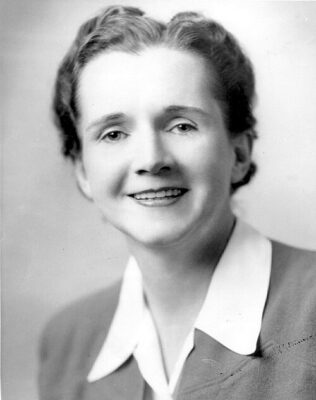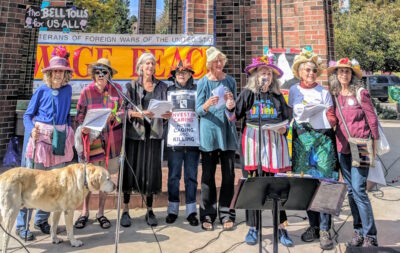
In this interview, former Assemblymember and speaker pro-tem Fred Keeley, Ronnie Lipschutz, professor Emeritus of UCSC, and solar energy expert from local solar installer Sandbar Solar, Jeremy Pearl discuss the changes to rooftop solar energy net metering being proposed by PG&E and the CPUC.
More on this issue from KSQD’s Sustainability Now: https://ksqd.org/sustainability-now-sunday-january-23rd-5-6-pm-solar-panels-and-solar-panics-with-dr-ahmad-faruqui/
Some background on the issue:
From the San Diego Union-Tribune:
Last month, the CPUC proposed a slew of changes, that included:
- Altering how much solar customers are paid when they send power back to the grid. Instead of receiving the retail rate of electricity, they would get paid at the “actual avoided cost,” which is much lower.
- Creating a “grid participation charge” of $8 per kilowatt on the solar systems of residential customers. The typical rooftop system is about 5 to 6 kilowatts so the charge would come to about $40 to $48 per month for San Diego Gas & Electric customers. The charge would not apply to commercial customers.
- Establishing a $600 million Equity Fund to support clean energy and energy storage programs for low-income Californians. Disadvantaged households would be exempt from paying the grid participation charge.
- Providing a 10-year payback period for customers who add energy storage to their solar systems. The goal is that by deploying storage, customers will help reduce strain on the grid during the 6 p.m. to 9 p.m. hours when solar production rapidly deceases as the sun sets.
The proposed tariff would affect all existing residential customers after 15 years of their interconnections. For example, customers who had their systems connected 10 years ago would have the proposal applied to them in five years. The tariff would not apply to low-income customers.
The proposal has been denounced by the solar industry, many rooftop customers and environmental groups, saying the added charges would undercut California’s growth in rooftop installations and extend the payback period for existing customers.
More than 1,000 solar workers and opponents of a proposed decision before the California Public Utilities Commission march in downtown Los Angeles on Jan. 13.
Last week, protesters gathered in front of the CPUC’s office in Los Angeles and the commission’s headquarters in San Francisco, calling for the proposal to be rescinded.
High-profile figures have also come out in opposition. Former Gov. Arnold Schwarzenegger wrote an opinion piece in The New York Times, saying the tariff “should be stopped in its tracks.” Hall of Fame basketball player and San Diego resident Bill Walton sent a letter to Newsom calling the proposal “ridiculous.”
California’s investor-owned utilities for years have been calling for changes to NEM, saying the current policy leaves customers who don’t have rooftop solar paying a disproportionate amount of the fixed costs that come with running the electrical system — things like wires, substations and transformers.
This “cost-shift,” they say, means Californians without solar pay about $245 more in electric bills per year than customers who have installed solar on their rooftops.
Others in the NEM 3.0 debate have made similar arguments, including The Utility Reform Network, a consumer group; the Natural Resources Defense Council, a prominent environmental organization; UC Berkeley energy economist Severin Borenstein; and a few legislators in Sacramento who cited equity issues for customers who can’t afford to install rooftop solar.












